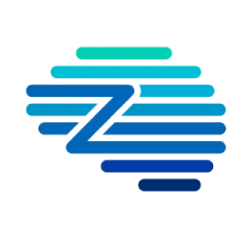As rules and regulations get tighter around the world and businesses are penalized unawares by governing bodies for failing to adhere to applicable policies and procedures, it is better to have some compliance checklists in place and avert financial and reputational losses. Particularly in our field of procurement, a compliance checklist is a necessary risk management tool that keeps an eye on all procurement processes, spots and reports fraud and other miscellaneous risks throughout the various stages of a procurement cycle. A procurement compliance checklist is a coast-to-coast summary of all existing practices and delivery standards that an organization would like its procurement professionals to follow.
Below suggested are some checkpoints to help your organization design and implement a compliance checklist-
User Friendly Format
While firm A’s is a yes/no checklist of questions related to each stage of its procurement process, firm B’s is a more extensive and explicit listing of its procurement objectives, processes, policies and other vital references. This means, the format of a procurement checklist is variable and not one-size-fits-all. This, however, does not take away from the fact that the format should be user friendly and easy to understand and follow. It should be able to provide step by step guidance to its users regarding each stage of the procurement process.
Project Application
It cannot be, “Here’s a checklist, go implement it”! Members of the procurement staff should know, i) who all are eligible to use this checklist, ii) perform compliance reviews (whether internal or external staff and agencies), iii) consequences in case of irregularities and iv) projects that this checklist applies to. A few factors that can be taken into consideration while selecting projects that this procurement checklist can systematically assess, are i) size of the contract ii) level of technical complexity iii) level of immediacy and iv) level of discretion.
Technology
Successful implementation of compliance regulations is only possible through inducting the right technology. Manual and paper intensive procure to pay (P2P) processes is a repository of challenges including lack of spend management visibility and inability to ensure contract compliance etc. Your compliance checklist, therefore, must ensure you have technology that will guard you against any contract violations whether with your business partners or local regulations that are applicable to your business operating from a particular region.
Training & Implementation
Procurement professionals used to working the “old ways” may not be very forthcoming. Existing work processes and procedures are likely to be affected with the introduction of a new procurement compliance checklist. For effective implementation of the same, procurement professionals should be trained on procurement rules and procedures. To help identify fraud and flag corrupt practices along the procurement cycle, procurement professionals should be trained on all compliance specific technology to be onboarded.
IDC Highlights Zycus AI: A Game-Changer in Procure-to-Pay Solutions
Discover why IDC, a leading global market intelligence firm, recognizes the transformative potential of Zycus AI Solutions in the procure-to-pay space. This video delves into how Zycus’s innovative technologies are revolutionizing procurement processes and driving efficiency in the Philippines and beyond. Watch the Video to Learn More!
In conclusion, there can be no disagreement on the importance of having all procurement activities reviewed for compliance (of course depending on available resources and capacity). Here, both human resource and financial investment are required which cannot be overlooked because of the cost factor but considered as a strategy for a more robust and transparent process conditioned to make more savings for the company.




























































